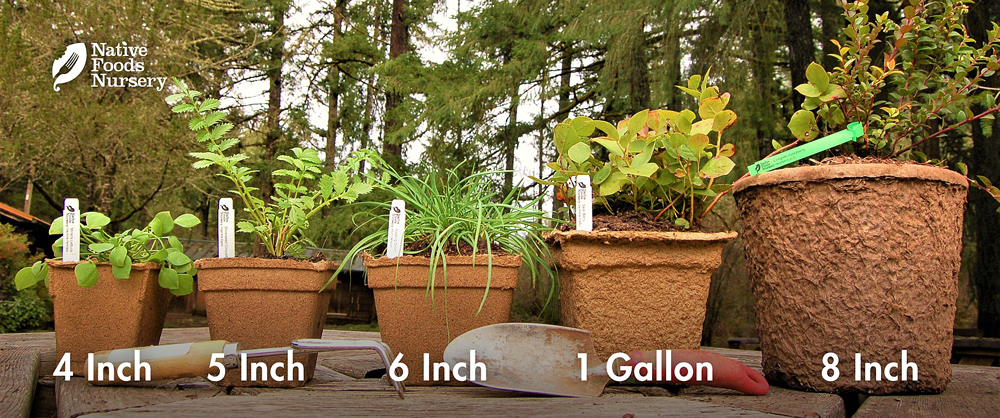Tarweed is a nutritious seed/oil plant and wildflower - native to the Northwest. Tarweed is named for the fragrant oil that exudes from its leaves.
Edible Uses
This native food produces small, nutritious seeds which can be eaten raw or lightly roasted. We recommend using as you would a sunflower seed or sesame seed - added to dressings/sauces, salads, stir-fries, soups, etc., or used as a stand-alone topping. The seeds impart a rich nutty flavor.
Seeds can also be ground into flour or pressed into oils. The seeds contain up to 41% sweet edible oil of very high quality, comparable to olive oil.
The roots of some Tarweed species were also eaten.
Ornamental Qualities
Tarweed is also an attractive wildflower in the home landscape. In the sunflower family, the small yellow flowers have the classic sun-ray shape. The hairy leaves have a unique shine from the high oil content, as well as a fragrant aroma that we enjoy. This is a great addition to other native wildflower or grain crops in the home garden. Plant alongside Wild Rye, Western Dock, and California Compassplant.
Environment and Culture
Tarweed is an annual plant that readily self-seeds. It's home to the moist areas of the Pacific Northwest, as well as parts of Chile in South America. It is abundant in wet meadows of the Willamette Valley and nearby habitats. The seed is food for birds, rodents, and humans.
Harvest, Care, and Preparation
Allow the seed heads of Tarweed to dry completely in the late Summer, as to avoid the stickyness of the plant during harvest. Shake the seed heads out into a clean and dry container, allowing some to drop on the ground to start new plants. This can also be done by simply bending the flower stalks (still attached) into the bucket and shaking. If necessary, use the wind, your breath, or a fan to separate the lighter chaff from the heavier seed. Or, you can put the mixture in a pot of water - the seed will sink and the chaff will float.
We love using tarweed mixed with other native and non-native seeds to make a unique "Gomashio" topping for salads. To do so, lightly pan-roast the seeds and then grind them in a small coffee or herb grinder with sea salt.
Leaves of the plant, once dried, also make an aromatic incense or smudge for cleansing and clearing.
Native Range: CA. WA. OR, AK
USDA zones: 6-9
Ease of Care: Easy
Deer Resistance: Moderate
Light Requirements: Full Sun
Soil Type: Any, prefers well-drained
Water Requirements: Moist
Pollination: Self-Fertile
Bearing Age: 3-6 months
Size at Maturity: 18-24 inches
Plant Spacing: 12 inches
Bloom Time: Early Summer
Harvest Time: Late Summer
Pot Sizing Guide
